A rain garden is a marvellous thing to have in your home and is the perfect example of a wonder of nature. If done right, you get to enjoy an amazing rain garden while doing your part to be environmental-friendly by filtering rainwater. It’s crucial that you choose the right plants for your rain garden as it requires just the right mix.
Usually, rain gardens have a variety of plants, usually natives, that will catch the rainwater runoff. They will generally drain the water within 24 hours so don’t confuse a rain garden with a wetland and choose the right plants accordingly. Stumped on how to choose the right plants for your rain garden? Then read on to find out how to choose the best plants for a flourishing rain garden.
What are Native Plants?
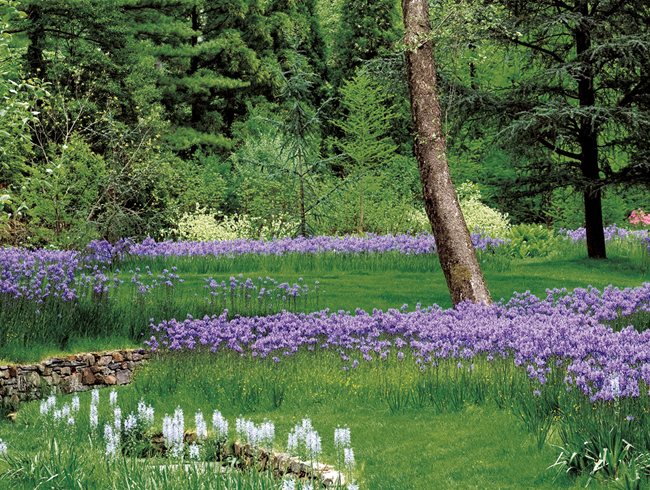
Source: Garden Design
One thing you need to remember before you start? Always choose native plants as they are more suitable and can adapt well to the soils. Generally, native plants defined as plants that occur naturally in the ecosystem or in that particular region without any human interference. In contrast, exotic plants have been cultivated by humans over the years and are not encouraged as they do not thrive in rain gardens that well.
Still unsure? Then go for shrubs and perennials, as they grow well in the rain garden. You can also add trees as well but since trees tend to take up most of the water, you should handle this with care.
Characteristics of Native Plants
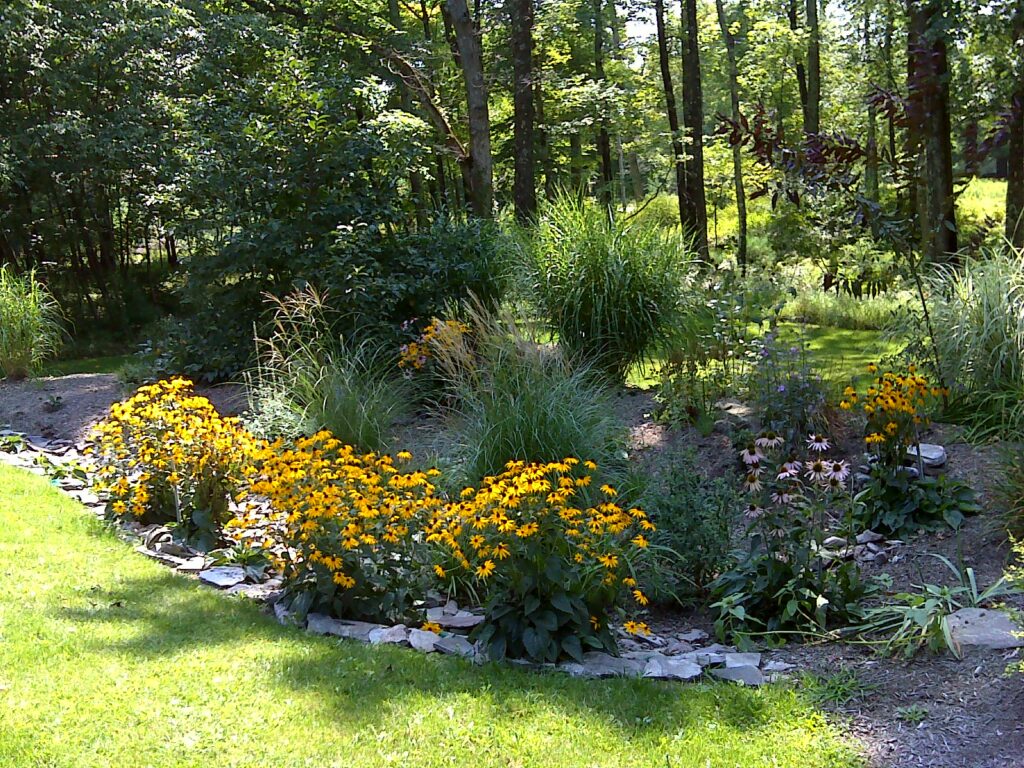
Source: Linder Engineering
Going for native plants in your rain garden is a good idea because they are the most beneficial to the environment and will definitely thrive in the soils, moisture and weather of your region. Native plants are known their ability to manage rainwater runoff and their root systems run deep, which allow the soil to stay loose. They’re good to use and low maintenance, as they do not need any fertilisers or pesticides to grow and are generally perennial plants.
Make sure that the rain garden is located in an area that receives good sunlight so that it can flourish well. Fun fact: Native plants generally have bimodal characteristics, which means that they can survive in both wet and dry soil.
Rain Garden Depths
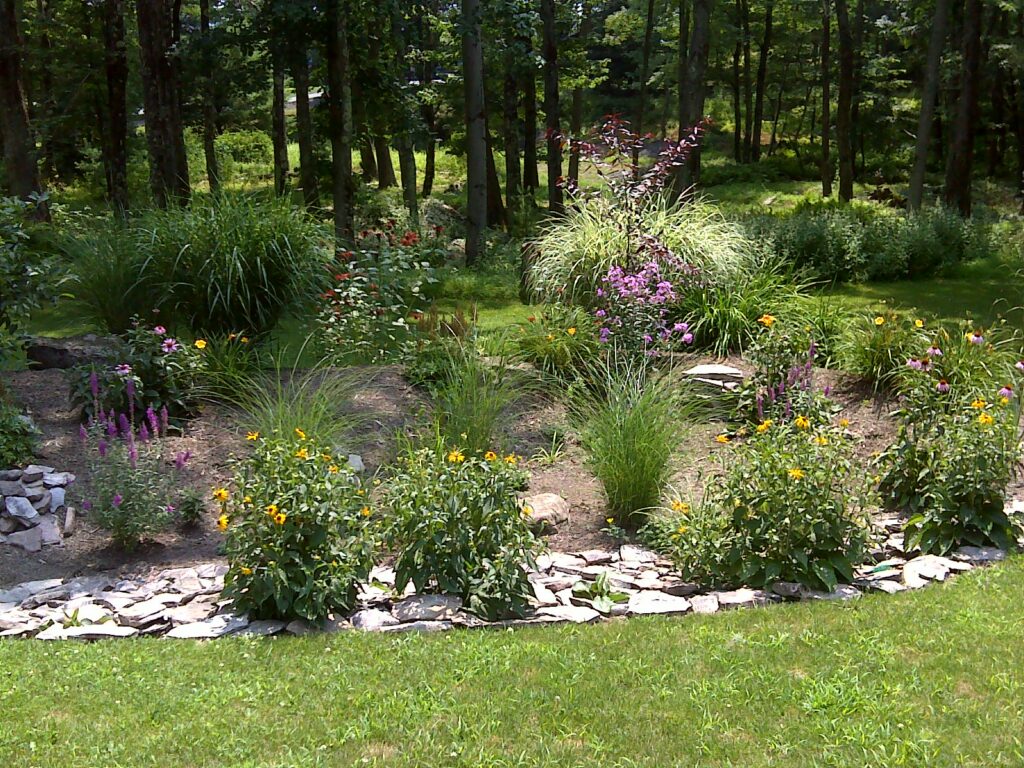
Source: Linder Engineering
Before you choose your plants, you need to consider that since your rain garden slopes to create a bowl-like shape, there will be different depths. Hence, you should know that different depths require different types of plants. This means that you should plant seedlings that thrive on drier soil on the berm while water plants will love the lowest point of the garden. Use a variety of plants so that your garden looks bloomingly wonderful.
Types of plants
Herbs
1. Scarlet bee balm
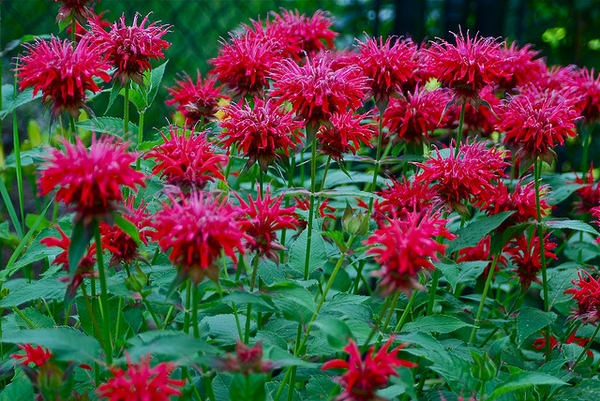
Source: NCSU
Also known as wild bergamot, this fragrant plant is a favourite of hummingbirds, butterflies and bees. They produce vivid scarlet flowers and will make your rain garden smell absolutely gorgeous. They grow well along streambeds, which is why it’s so suited for a rain garden. Plant them in full sunlight or part shade.
2. Joe-Pye weed
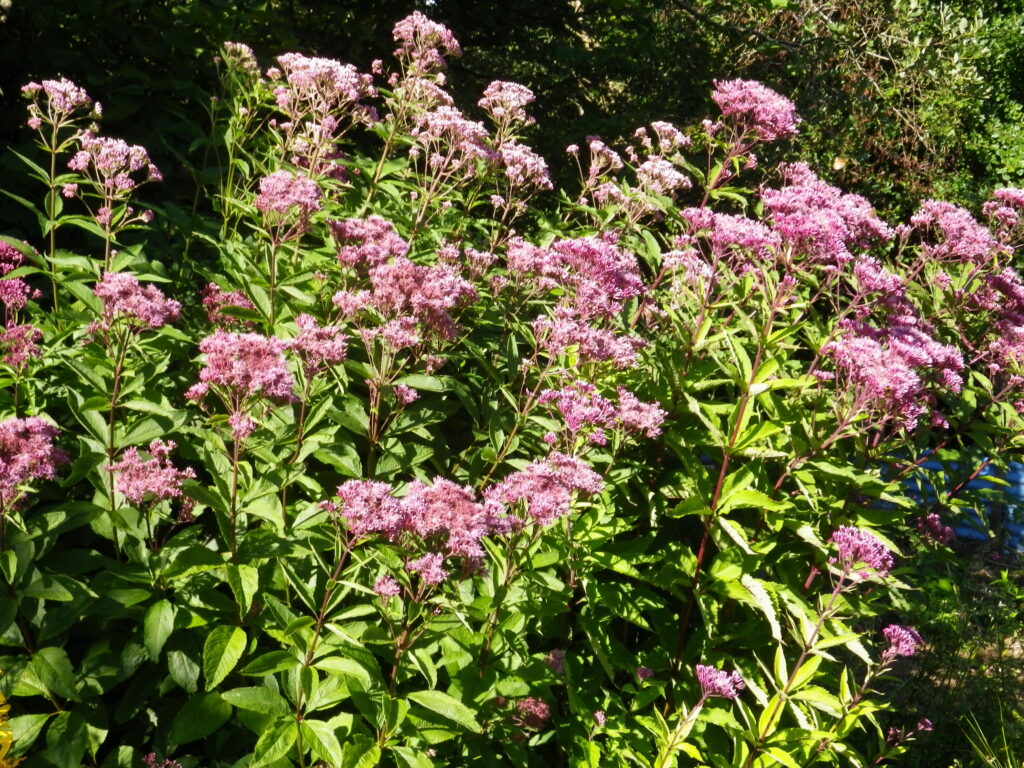
Source: Devon Pond Plants
This weed is a perennial that is known to grow as tall as eight feet or more, which is great for adding some visual height to your garden. It attracts butterflies and honey bees which means that you are helping the environment even more by planting these pretty lavender-pink flower clusters. They’re usually found in wet meadows but can also take dry soil. You can plant them in areas that have full sunlight or are partly shaded.
Milkweeds
1. Swamp milkweed
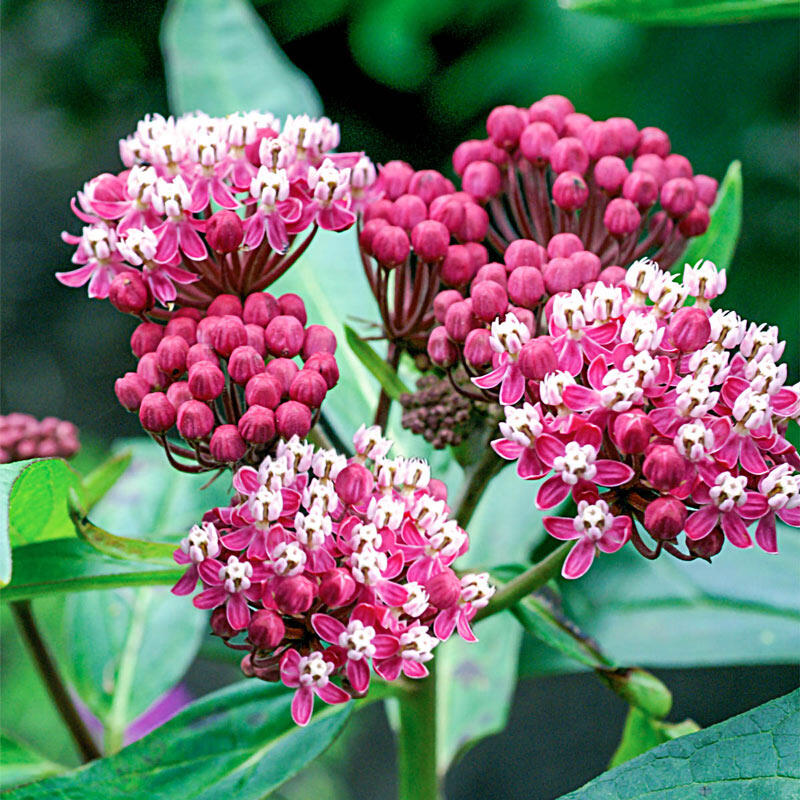
Source: Brecks
A resilient plant that has deep taproots, it is especially suited for rain gardens due to its adaptability. They’re normally found growing in swamps (hence the name) but thrive in other soils too. Butterflies love this milkweed and feed on its clusters of pink and mauve flowers. They love the sun but will grow well in part shade too.
2. Butterfly milkweed

Source: Underwood Gardens
If you’re unsure what to plant in the dry areas of your rain garden, then you can try growing some butterfly milkweed. They generally bloom in drier soils and are very low maintenance. Butterflies love to feed on them and they produce vivid orange or yellow flowers.
Trees
1. Goodding’s willow

Source: American Forests
Before you decide to plant a tree, make sure that you have enough space for it. That said, willows are great choices and can provide food and shelter for birds. They don’t grow to be very big but do note that they can be as tall as 25 to 30 feet. This willow is great at soil adaptation so you can it almost anywhere in your rain garden.
2. Chinese fringe tree

Source: Pinterest
This tree produces attention-grabbing white flowers and they love moisture, which means it will bloom in your rain garden. Plant them in the middle portion of your rain garden where they can typically grow up to 20 feet tall. Since they have been known to cause allergy problems for some people, avoid this tree if your rain garden is located near any entrances to your home.
Grass
1. Switchgrass

Source: High Country Gardens
A hardy bunchgrass that adapts well, this plant grows in both normal and moist soil. At its maturity, it will reach about three feet or more and will be a verdant green colour with pinkish flower panicles. These flowers are yummy snacks for songbirds. During autumn, it turns yellow, giving your rain garden a change of colour. You can plant them in full sunlight.
2. Spike rush

Source: ASAP Aquatics
Looking for something to fill the wetter area of your rain garden? The spike rush is a pretty grass that thrives in standing water and medium-wet soil. They’re not just any boring grass though because during summer, they sprout some interesting brown and white flower spikes. They like the full strength of the sun and can grow up to four feet tall.
Flowers
1. Cardinal flower

Source: Youtube
Add some colour to your rain garden with this striking plant. The large, tubular red flowers feed both animals and insects, especially in the late summer. They’re awesome in moist soil and prefer full sunlight but you can plant them in partially shaded areas as well.
2. New England aster

Source: Almanac
Don’t be fooled by their delicate, colourful flowers because this plant is actually quite hardy. It can grow up to six feet tall so you might want to stake it. Butterflies love to feed on the sweet nectar that is found in the plant’s pretty pink, purple and blue flowers that look similar to daisies. They grow well in sunlight and part shade.
Shrubs
1. Summersweet

Source: George Weigel
This woody shrub produces a delightful fragrance come summer and attracts pollinators. When it blooms, showy pink or white bottlebrush flowers will provide beautiful colour to your rain garden. It grows well in moist or wet soil and can be planted in both sun or part shade.
2. Red osier dogwood
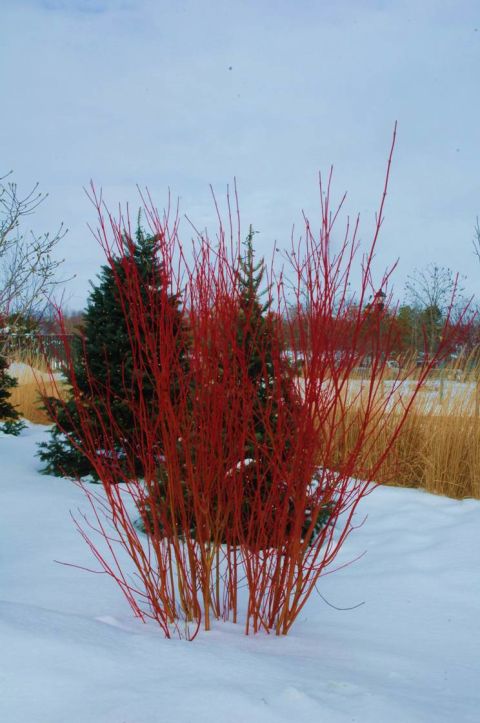
Source: UMN
If you want to add some winter interest to your garden, then plant this bright red shrub. It produces white blossoms in spring and reddish-purple leaves in the autumn but is at its prettiest when their red stems are naked. They grow well in wet soils.
These are all great plants for a rain garden that will provide you with a colourful, vivid landscape for years to come. Make sure to take care of them well and always remember to plan out your rain garden structure before you begin planting.



